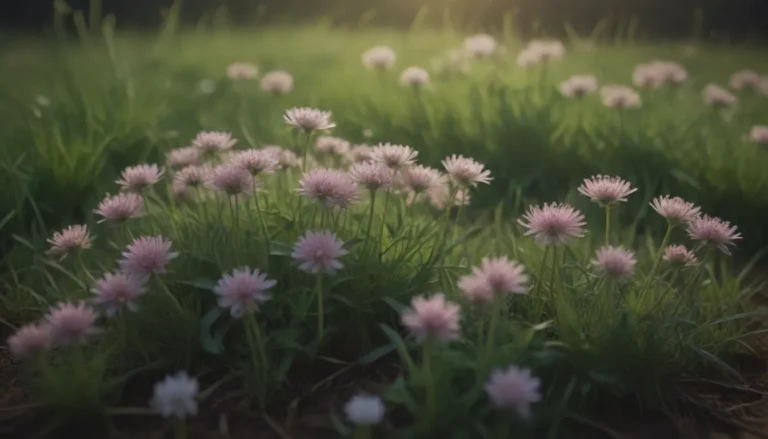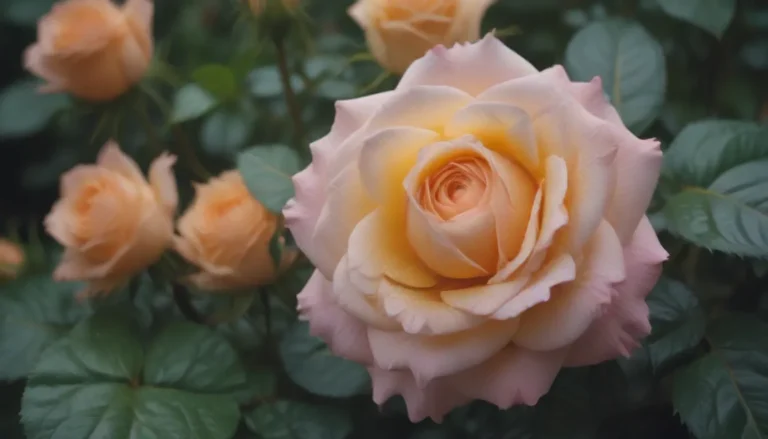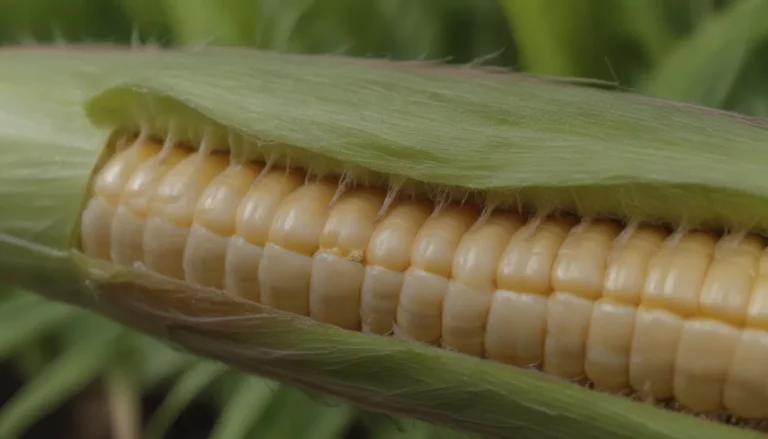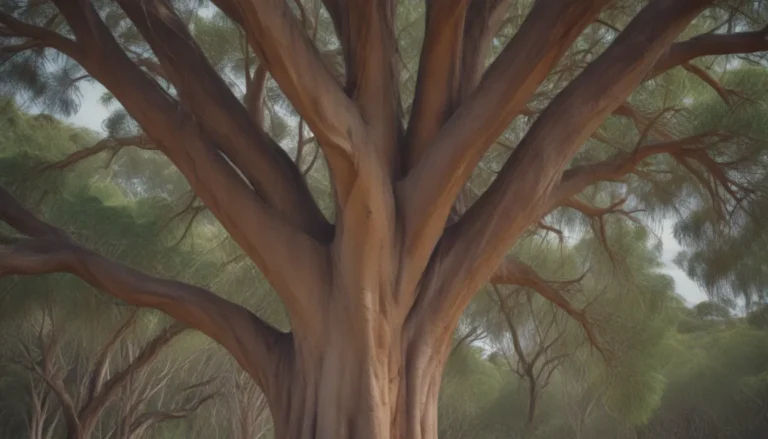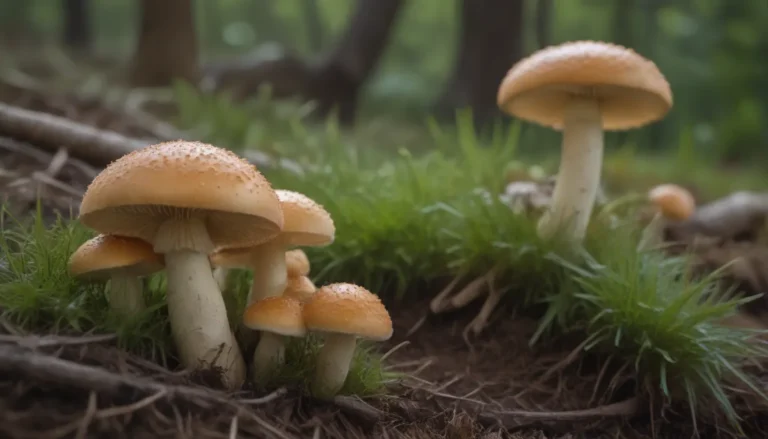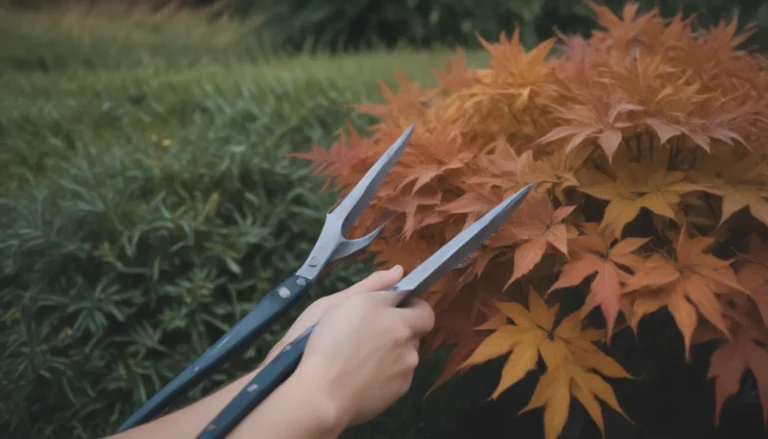Your Ultimate Guide to Growing and Caring for Ponderosa Pines
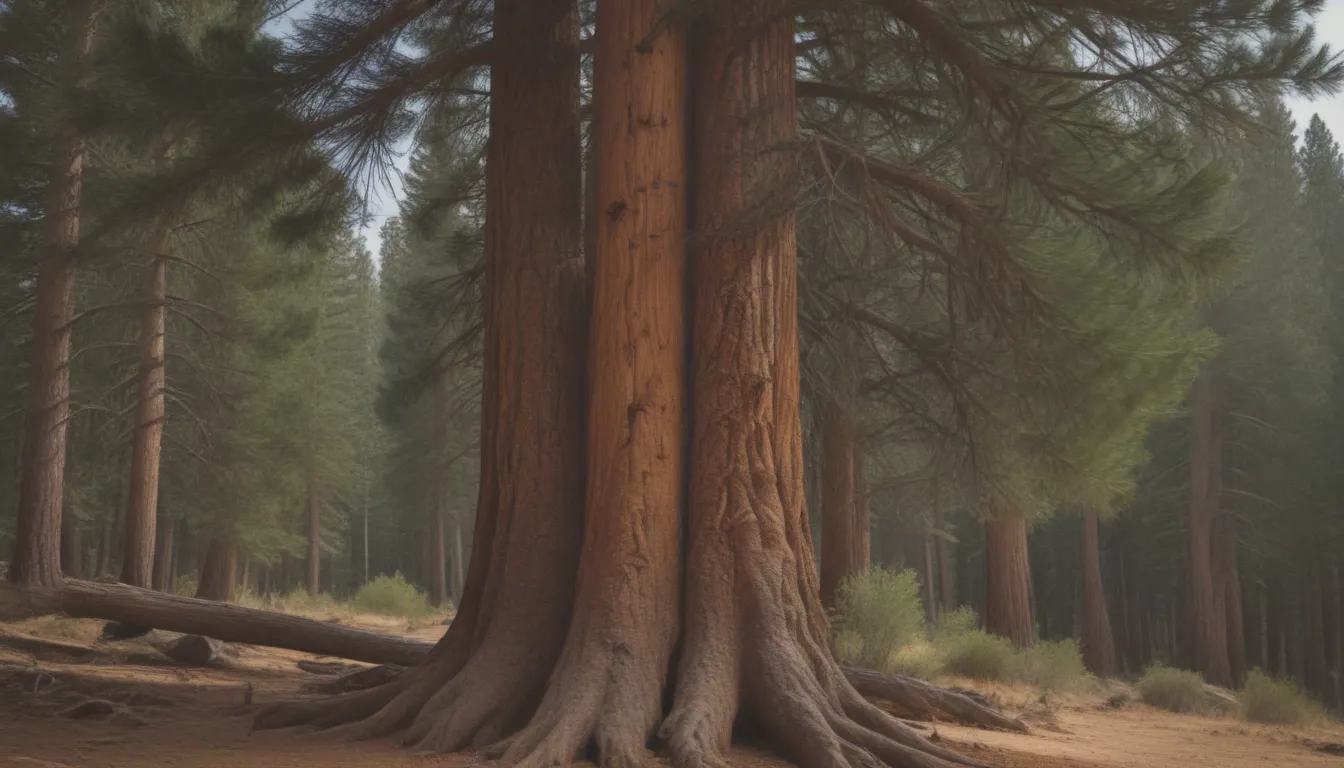
When it comes to iconic trees in North America, the ponderosa pine (Pinus ponderosa) ranks high on the list. These majestic trees are a common sight in landscapes, especially in areas prone to snowfall, where they add a touch of greenery even in the winter months. If you’ve ever considered adding a ponderosa pine to your own landscape, this article is for you. We’ll cover everything you need to know to successfully grow and care for these remarkable trees.
Getting to Know the Ponderosa Pine
Before diving into the specifics of caring for a ponderosa pine, let’s take a moment to appreciate these beautiful trees. Ponderosa pines are known for their colossal heights in the wild, reaching up to 60 feet tall when grown in cultivation. While their size may seem intimidating, there are numerous cultivars available that cater to different landscape sizes. Whether you have a large property or a smaller space, there’s a ponderosa pine variety for you.
Ponderosa Pine Care Guide
Taking care of a ponderosa pine requires attention to certain key aspects to ensure its health and vitality. Let’s break down the main care requirements for growing these trees:
Light
Ponderosa pines thrive in full sun and do not tolerate shade well. Make sure to plant them in an area where they will receive ample sunlight throughout the day.
Soil
The ideal soil for ponderosa pines is a mix of gravel, sand, and loam with a slightly acidic to neutral pH. Good drainage is essential for these trees to prevent root rot.
Water
While established ponderosa pines have good drought tolerance, young trees need extra care when it comes to watering. Keep a close eye on soil moisture levels, especially during hot and dry periods.
Temperature and Humidity
These trees are cold-hardy and do best in cool, dry conditions. They don’t fare well in humid climates, so make sure to plant them in areas with moderate humidity levels.
Fertilizer
Established ponderosa pines generally do not need additional fertilizers unless a specific nutrient deficiency is identified. For young trees, consider using a slow-release evergreen-specific fertilizer to boost their overall health.
Types of Ponderosa Pines
There are two recognized varieties of ponderosa pines, but most suitable for home gardens are the dwarf varieties. These smaller versions come in different forms, sizes, and growth rates, making them ideal for a variety of landscapes.
- P. ponderosa ‘Pondy’
- P. ponderosa ‘The Sphinx’
- P. ponderosa ‘Warm Valley’
Pruning Tips
Pruning a ponderosa pine should be done with caution, focusing on removing dead or broken branches and maintaining the tree’s overall shape. Here are some key tips for pruning:
- Prune in late winter or early spring while the tree is dormant.
- Avoid removing more than 25 percent of the tree in a single year.
- Cut branches back to the branch collar to promote healthy growth.
Propagating Ponderosa Pines
While ponderosa pines are typically propagated from seed, it can be challenging for home gardeners to obtain suitable seeds. Consider the age of the tree when collecting seeds, as older trees produce more viable seeds.
Overwintering and Common Pests
Ponderosa pines are well-equipped to withstand harsh winters and generally do not require winter protection. However, keep an eye out for common pests and diseases that can affect these trees, such as pine beetles and mistletoe.
In conclusion, caring for a ponderosa pine can be a rewarding experience, especially when you see these beautiful trees thrive in your landscape. With the right care and attention to detail, you can enjoy the beauty and benefits of these iconic North American trees for years to come.
